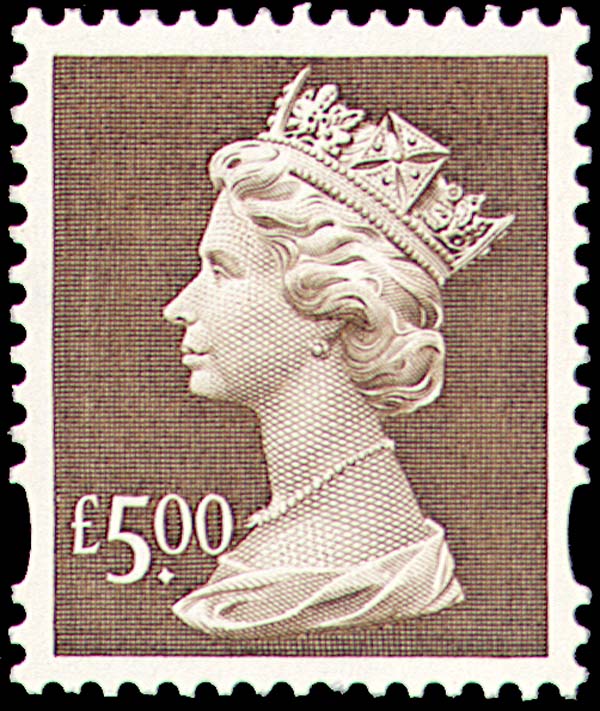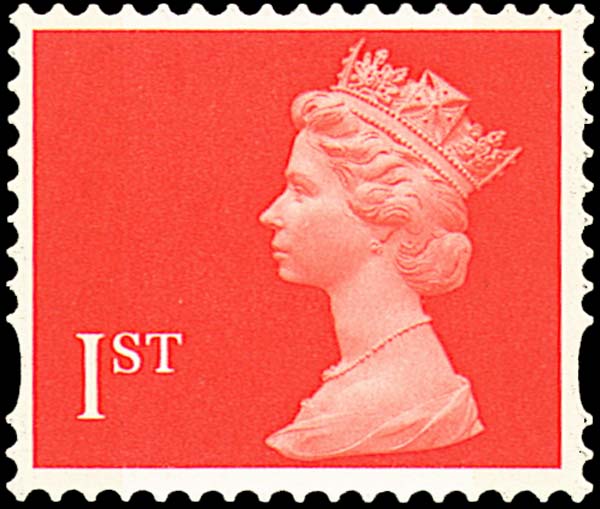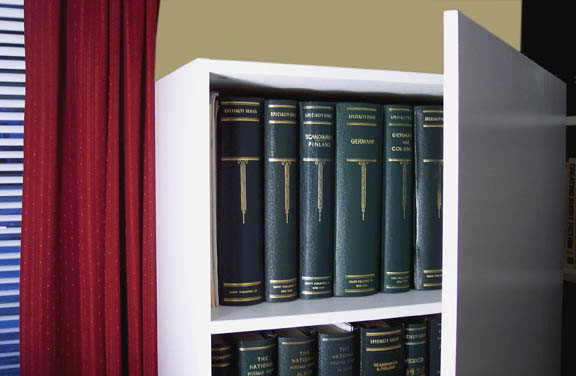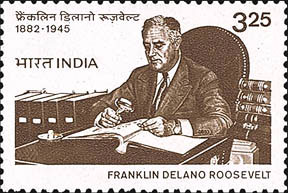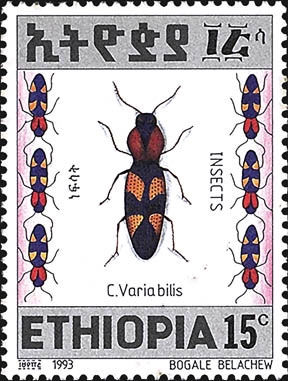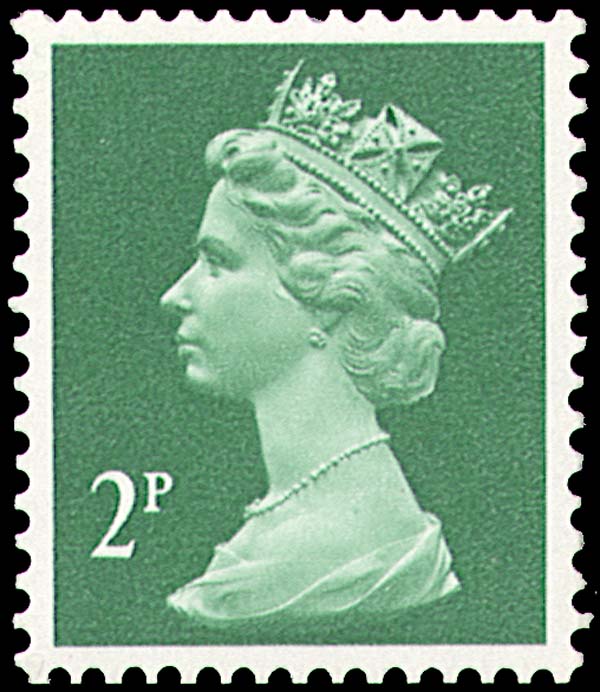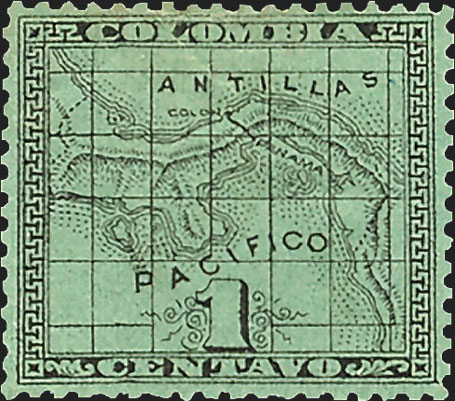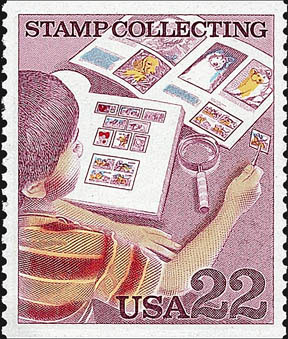POSTAL UPDATES
insights
Stamps tell the story of 'a man, a plan, a canal: Panama'
Panama was a sovereign state under Colombian dominion in 1878 when its first stamps were issued.
This geographically important Central American nation lies between Costa Rica and Colombia (in South America).That first stamp (Panama Scott 1) shows Panama's coat of arms with a constricted image of the country's narrow land mass between two oceans.
Panama is an isthmus with oceans on two sides. It has a long history of facilitating more rapid transport of travelers and goods between the Atlantic Ocean (and the Caribbean Sea), and the Pacific Ocean. At its narrowest point, Panama is only about 30 miles across, and it was this 30 miles that became the shortcut between the oceans.
In the 16th century, trails across that narrow waist of Panama seemed like a faster and less hazardous route than trying to sail around South America from the Atlantic to the Pacific, but it, too, had significant dangers.
A set of stamps issued for Panama in 1887-88, when Panama was a department of Colombia, shows a map of Panama with a line drawn at the narrowest part, where the jungle trails formed a shortcut between the two oceans (Scott 8-13).
The sea route from eastern United States harbors to San Francisco circumnavigated the entire South American continent, approximately 13,000 miles, with the most dangerous part of the journey being through the Strait of Magellan at the southern tip of Argentina and Chile. The weather was unpredictable, and there were frequent incursions by icebergs. It often took nine months to a year to complete the journey.
In 1846 the United States, eager to improve the link between the Atlantic and Pacific coasts, signed a treaty with Colombia giving the United States authority to build a railroad and/or canal through Panama, which was still part of Colombia.
The California gold rush in 1849 attracted more people from the American East who wanted to be in California as quickly as possible to begin their quest for wealth.
The Panama Railroad was begun in 1850 to handle the stream of "forty-niners." It was completed in 1855, and it expedited the 30-mile journey from a week to an hour, but disease and pestilence did not go away.
The 1855 Panama Railroad steam engine is featured on a 3¢ stamp issued by the Canal Zone in 1955 to commemorate the railroad's 100th anniversary (Canal Zone Scott 147).
Panama became an independent republic in 1903. The Map stamps issued by Colombia for Panama were quickly overprinted "Republica de Panama." Several different overprints appear on the map stamps through 1906 (Scott 51-161, 181-184) resulting in many varieties and several errors.
Collecting representative examples of everything that exists is quite a challenge.
On some stamps, the name "Colombia" at the top of the stamp has been struck out in red, and "Republica de Panama" is overprinted in red italics (Panama Scott 129-130).
The United States and Panama signed a treaty shortly after the latter achieved independence, which provided a 10-mile wide strip of land to the United States for the canal, and a one-time $10 million payment with a $250,000 annual annuity to Panama.
An American, William Aspinwall, won the bidding for building the canal. A company was formed, and the canal construction commenced in 1904.
U.S. Army Col. George Washington Goethals was appointed chief engineer by President Theodore Roosevelt. The canal was completed 10 years later.
From then on, the Panama Canal has been globally important, with thousands of ships moving millions of tons of cargo through the canal.
The 25th anniversary of the Panama Canal was celebrated in 1939 on a U.S. 3¢ stamp showing Roosevelt, Goethals, and a section of the canal with a ship passing through (Scott 856).
From 1903 until 1979, a 10-mile-wide strip of Panama that took in the entire canal was a territory of the United States jointly administered with Panama.
Upon completion of the canal in 1914, Goethals was promoted to major general and appointed civil governor of the Canal Zone.
The Panama Canal Zone housed tens of thousands of American civilians who worked at the canal, and thousands of American military who protected it.
The American Society of Civil Engineers in 1994 asked for nominations for the "Seven Wonders of the Modern World," and the Panama Canal was one of the seven sites selected.
In 1915, the Panama-Pacific Exposition, an international world's fair, was held in San Francisco. The fair was designed to celebrate the opening of the Panama Canal and the recovery San Francisco was making from the 1906 earthquake.
Panama issued some beautiful bicolor pictorial stamps in 1915 featuring views of the canal, including a 10-centesimo orange and black issue showing the canal's Culebra Cut.
The United States also issued a stamp for the Panama-Pacific Exposition that shows the Pedro Miguel Locks.
These stamps, like all stamps, have a fascinating story to tell. This story is about "a man, a plan, a canal: Panama."
And in case you don't know, that phrase within the quotes is a clever palindrome — a phrase that is spelled the same forward and backward — attributed to British mathematician Leigh Mercer.
MORE RELATED ARTICLES
Headlines
-
US Stamps
Oct 7, 2024, 3 PMMcMurtrie dismissed as APS education director following Sept. 21 arrest
-
US Stamps
Oct 7, 2024, 12 PMVasiliauskas named president of Mystic Stamp Co.
-
US Stamps
Oct 6, 2024, 5 PMApgar souvenir card available
-
US Stamps
Oct 6, 2024, 4 PMFirst Continental Congress and U.N. stamps receive Scott catalog numbers
